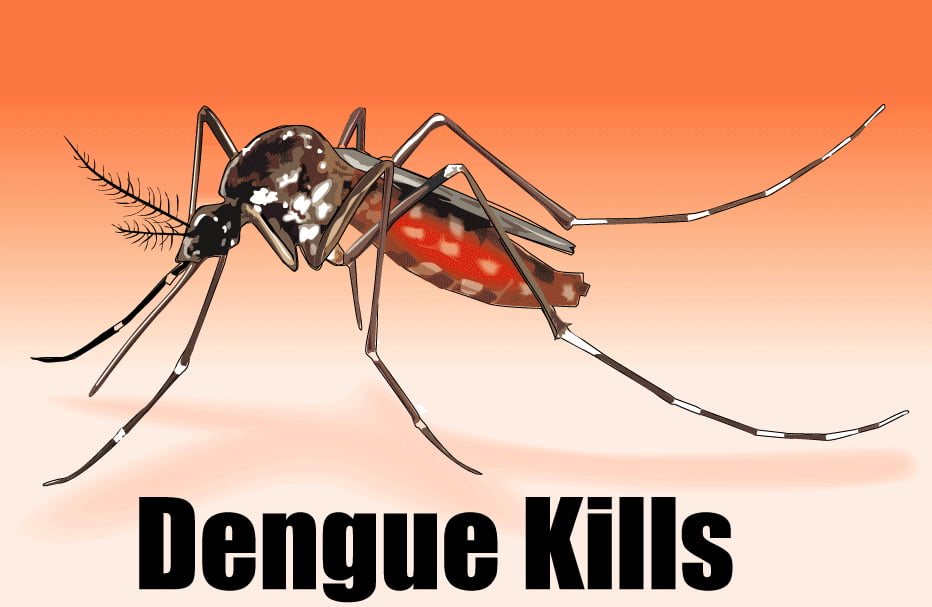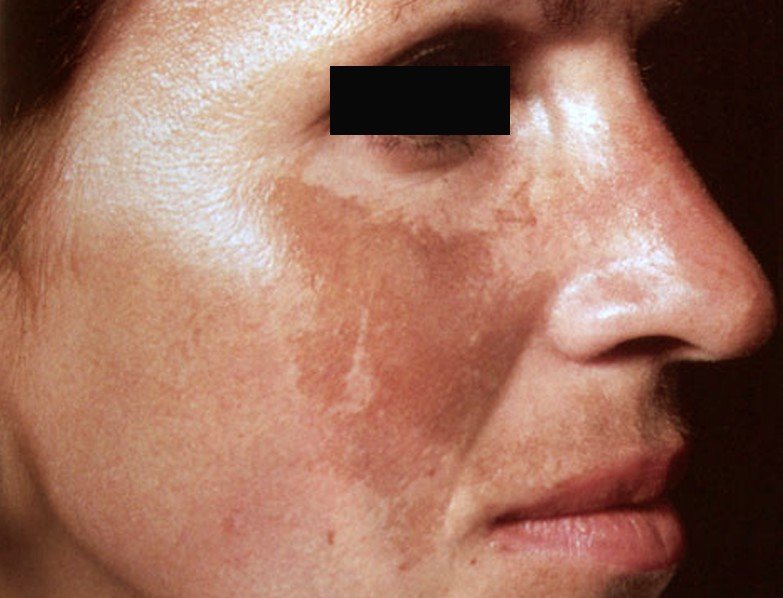 |
Revitalize Your Beauty
Everybody dreams of remaining young and beautiful in life for as long as possible, as aging is inevitable and so are its effects. Still, to maintain the youthfulness and vigor throughout life, it requires a different mindset and special effort to minimize the negativities of aging. Women especially are more conscious in this aspect, as most of them are aware of the menopausal effects that can lead to immense hormonal changes affecting their beauty and youth. But all these effects can’t leave a deep impact if some basic tips in maintaining the youth and beauty are followed long before the aging can take its toll.
Premature Aging?
While it is common knowledge that our skin beauty peaks around the ages of 20-25, many do not realise that we inadvertently kick-start the process of premature aging ourselves! We dose our skin with unnecessary chemicals, subject our cells to dangerous pollution, and allow our bodies to incredible stresses. All these things give your skin the appearance of being much older than its natural state, creating wrinkles, eye bags, spots and sagging skin.Prevention is better than cure as what they say and beautiful skin is maintained by preventing the signs of premature aging more than by curing wrinkles, dark spots and sagging skin. One of the best methods of preserving health and beauty is by revitalising your cells from the inside out, literally reanimating your cells into their healthy, optimum peak states.
Sheep for sale?
Initially, you probably wonder why sheep placenta of all animals? Over the years, sheep have emerged as the best donors for use in beauty consumption because they are strong, vital and hardy, with superior immunity and natural disease resistance. Their proteins are compatible with humans and don’t create unwanted allergic reactions. Sheep placenta is known for its ability to fasten healing, promote new cellular growth, rejuvenate, whiten and strengthen skin’s elasticity, hence defying the effects of skin aging.
The source of our sheep placenta comes from the specially-bred Lincoln sheep grazed in the pristine grasslands of New Zealand.New Zealand prides itself on its pure and pristine environment with its vast natural resources and unique climate. These natural advantages have enabled New Zealand to produce the world's best placenta extract products.
Sheep placenta has been known to be used by the British Royal Family as medicine or promoting general health for the past 1400 years. In recent years, the rich and famous have been known to seek out sheep placenta “revitalization program” at the world-renowned Clinique La Prairie in Switzerland to preserve their youthful appearance and prolong their vitality.
The source of our sheep placenta comes from the specially-bred Lincoln sheep grazed in the pristine grasslands of New Zealand.New Zealand prides itself on its pure and pristine environment with its vast natural resources and unique climate. These natural advantages have enabled New Zealand to produce the world's best placenta extract products.
Sheep placenta has been known to be used by the British Royal Family as medicine or promoting general health for the past 1400 years. In recent years, the rich and famous have been known to seek out sheep placenta “revitalization program” at the world-renowned Clinique La Prairie in Switzerland to preserve their youthful appearance and prolong their vitality.
Enjoy Live Cell Therapy at home
CellLabs Sheep Placenta with Grape Seed Oil Plus is a breakthrough formula encapsulating live cell therapy into a convenient
and effective oral supplement with the specific aim of helping one slow down the aging process.
Live Cell Therapy is a process of introducing young and vigorous placenta cells into a tissue in order to rebuild and revitalize the aging tissue. It stimulates the body’s own therapeutic and revitalizing ability that regenerate the aging cells from within to become new healthy ones. When this happens, the body is able to regain physical health, vitality and general well-being whilst improving the skin’s texture and complexion.
Each softgel contains 300mg of concentrated active material from 15,000 mg of fresh sheep placenta (50:1):
300mg x 50 = 15,000 mg of fresh sheep placenta extract
and effective oral supplement with the specific aim of helping one slow down the aging process.
Live Cell Therapy is a process of introducing young and vigorous placenta cells into a tissue in order to rebuild and revitalize the aging tissue. It stimulates the body’s own therapeutic and revitalizing ability that regenerate the aging cells from within to become new healthy ones. When this happens, the body is able to regain physical health, vitality and general well-being whilst improving the skin’s texture and complexion.
Each softgel contains 300mg of concentrated active material from 15,000 mg of fresh sheep placenta (50:1):
300mg x 50 = 15,000 mg of fresh sheep placenta extract
Youthfulness Begins from Within
CellLabs Sheep placenta with Grape Seed Oil Plus provides sheep placenta plus 3 other potent antioxidants in a single daily supplement. This superior formula helps neutralize free radical damage, promotes quicker cell repair, shuts down your sick cells, and ultimately extends the lifespan of your healthy cells.
This remarkable formula contains four enormously safe, natural and highly effective ingredients that work synergistically to slow the signs of aging from within. These ingredients and benefits include:
This remarkable formula contains four enormously safe, natural and highly effective ingredients that work synergistically to slow the signs of aging from within. These ingredients and benefits include:
| Sheep Placenta Extract |
| |
Grape
Seed Oil
|
| |
Astaxanthin
3.5%
|
| |
Lycopene
6%
|
|
CellLabs Sheep Placenta with Grape Seed Oil Plus is for everyone above 25 years old!
If you want to slow down the aging process and maintain your youthful look, CellLabs Sheep
Placenta with Grape Seed Oil Plus is the supplement for you!
Consuming CellLabs Sheep Placenta with Grape Seed Oil Plus will revitalise and regenerate your
cells to its full potential in the shortest period of time possible, giving you the energy and vitality
that you need every day.

FAQs
What is the recommended dosage for CellLabs Sheep Placenta with Grape Seed Oil Plus?For best results, take 1 softgel daily before breakfast on an empty stomach.
Should I avoid certain food or medications while taking CellLabs Sheep Placenta with Grape Seed Oil Plus?
You should avoid consuming diuretic agents (alcohol, tea, coffee etc.,) within two hours after taking it.
Do not mix with detox supplement on the same day as it will reduce the nutrient absorption in the small intestine.
How soon can I see any results after consuming CellLabs Sheep Placenta with Grape Seed Oil Plus?Results may vary in every individual but generally you will regain physical health, vitality and general
well-being whilst improving your skin’s texture and complexion.
When can I start taking CellLabs Sheep Placenta with Grape Seed Oil Plus?It is recommended that you start taking CellLabs Sheep Placenta with Grape Seed Oil Plus
from the age of 25. It is wholly a health supplement that you can consume as a dietary
supplement with any other healthy food accompanied by a balanced healthy diet coupled
with a healthy lifestyle.
Should CellLabs Sheep Placenta with Grape Seed Oil Plus be taken throughout your life?
There are no known side effects if you stop taking CellLabs Sheep Placenta with Grape Seed Oil Plus.
You do not have to continue consuming CellLabs Sheep Placenta with Grape Seed Oil Plus for life.
However, many people have continued to consume it due to the benefits felt from CellLabs Sheep
Placenta with Grape Seed Oil Plus.
If you want to slow down the aging process and maintain your youthful look, CellLabs Sheep
Placenta with Grape Seed Oil Plus is the supplement for you!
Consuming CellLabs Sheep Placenta with Grape Seed Oil Plus will revitalise and regenerate your
cells to its full potential in the shortest period of time possible, giving you the energy and vitality
that you need every day.

FAQs
What is the recommended dosage for CellLabs Sheep Placenta with Grape Seed Oil Plus?For best results, take 1 softgel daily before breakfast on an empty stomach.
Should I avoid certain food or medications while taking CellLabs Sheep Placenta with Grape Seed Oil Plus?
You should avoid consuming diuretic agents (alcohol, tea, coffee etc.,) within two hours after taking it.
Do not mix with detox supplement on the same day as it will reduce the nutrient absorption in the small intestine.
How soon can I see any results after consuming CellLabs Sheep Placenta with Grape Seed Oil Plus?Results may vary in every individual but generally you will regain physical health, vitality and general
well-being whilst improving your skin’s texture and complexion.
When can I start taking CellLabs Sheep Placenta with Grape Seed Oil Plus?It is recommended that you start taking CellLabs Sheep Placenta with Grape Seed Oil Plus
from the age of 25. It is wholly a health supplement that you can consume as a dietary
supplement with any other healthy food accompanied by a balanced healthy diet coupled
with a healthy lifestyle.
Should CellLabs Sheep Placenta with Grape Seed Oil Plus be taken throughout your life?
There are no known side effects if you stop taking CellLabs Sheep Placenta with Grape Seed Oil Plus.
You do not have to continue consuming CellLabs Sheep Placenta with Grape Seed Oil Plus for life.
However, many people have continued to consume it due to the benefits felt from CellLabs Sheep
Placenta with Grape Seed Oil Plus.
Price: RM175 for 1 pack of 30s
Whatapps: 012-7334511



























 Therefore, only actual processing time is counted.
Therefore, only actual processing time is counted.


